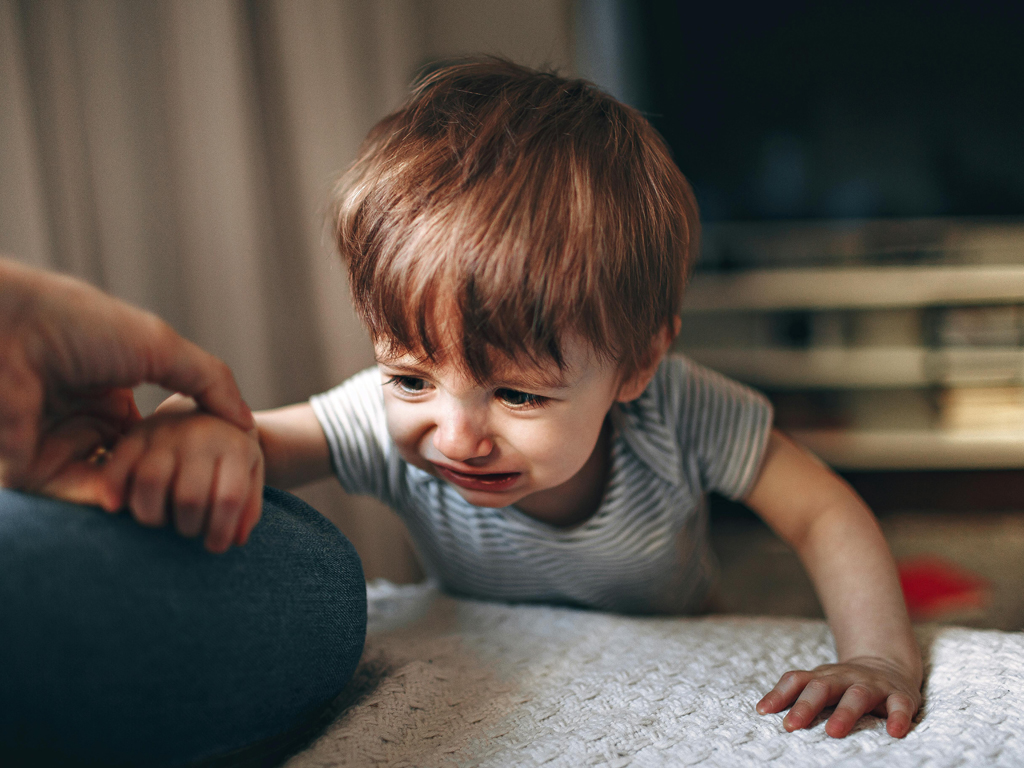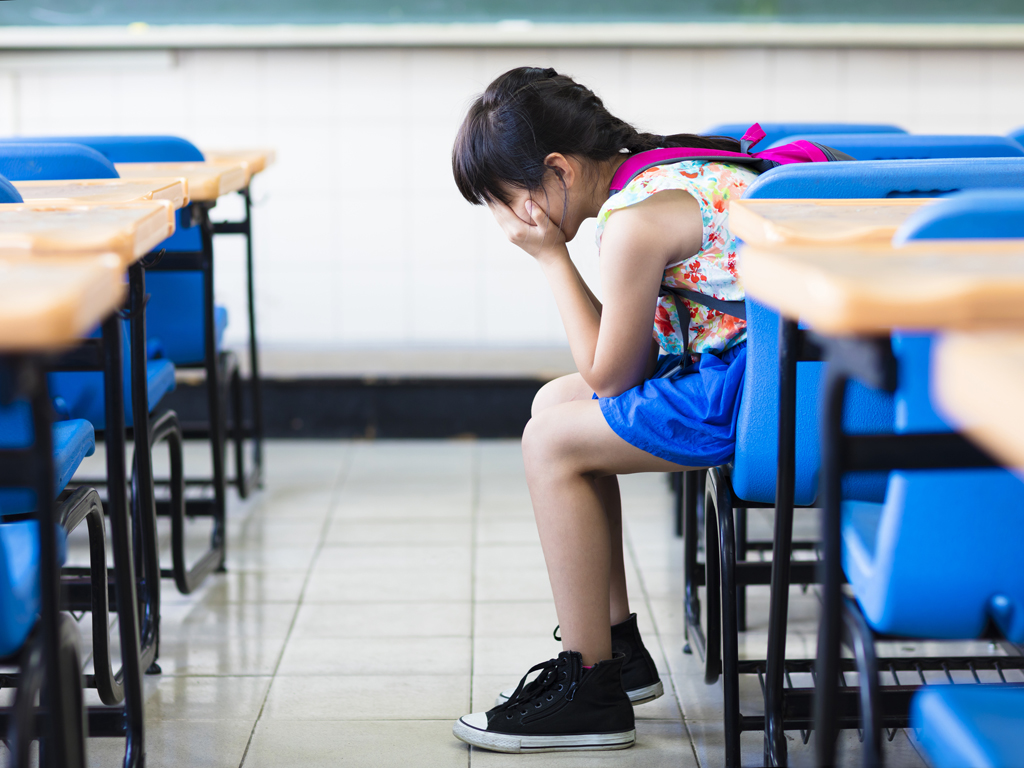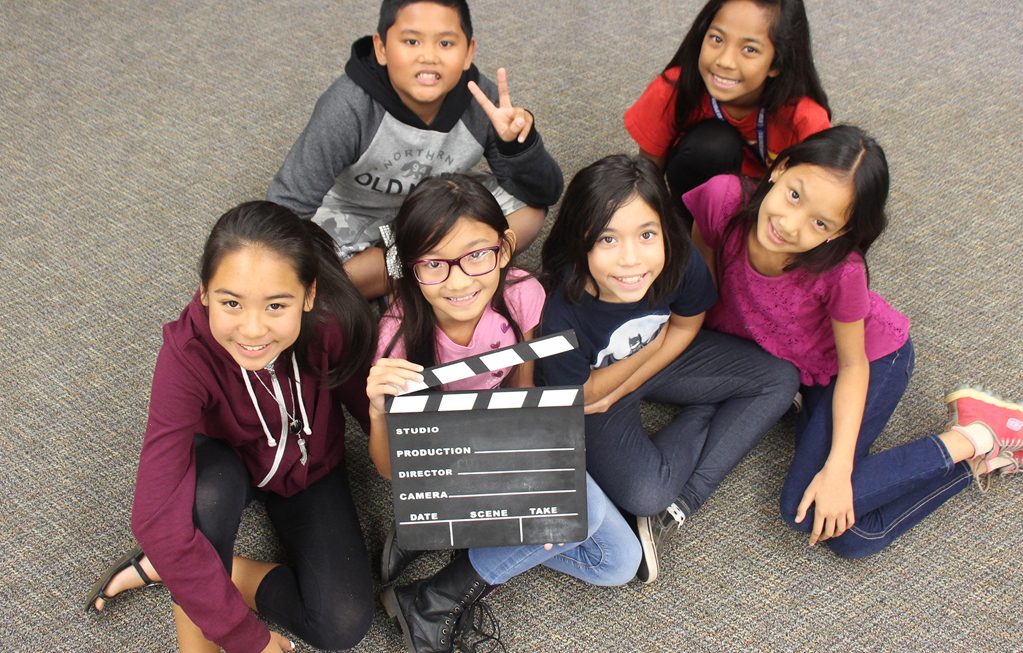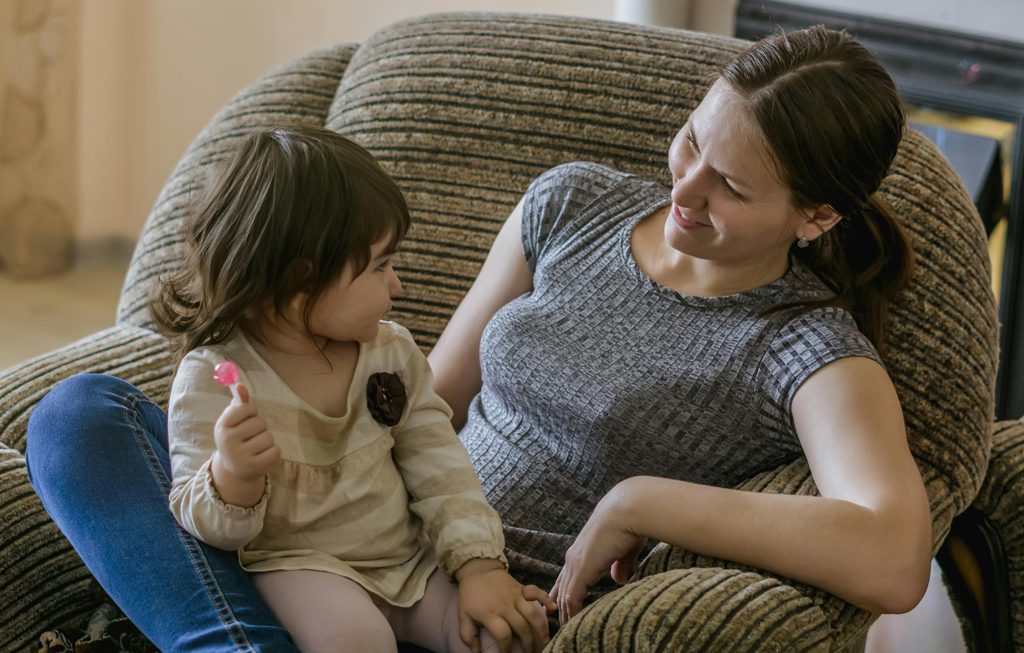by Elsa Lee, Ph.D.
Most parents have been there. Your child is crying on the floor because the toast is cut the “wrong” way, or your teenager slams a door after one too many reminders to study. Moments like these are frustrating, exhausting, and even confusing. Shouldn’t they be able to handle it by now? Emotional regulation, which refers to the ability to manage strong feelings in a healthy way, is something all children are learning. Some of them pick it up quickly, while others need more time and support. The way parents respond makes a real difference.
What Emotional Regulation Means
Regulation is about noticing and understanding emotions, while responding in a way that is appropriate for the situation. That doesn’t mean pushing feelings away, however. What it implies is that we have the necessary tools to calm down, express our thoughts and feelings clearly, and take action without causing harm to ourselves or others.
As you could imagine, these steps can be hard enough for a fully grown adult who has navigated life for two or three decades. Imagine telling a six-year-old child who has just begun to learn the more nuanced terms like “frustrated”, “embarrassed” to go through all these steps and manage their “big emotions”. Young children who have not yet developed the skills will find it very difficult if not impossible to take control of their emotions, especially when things become too overwhelming. When they do experience meltdowns, often they are not “bad behaviors”. Rather, they reflect signs of a nervous system that may be flooded, overwhelmed, or overstimulated.
While some emotional outbursts are normal, repeated ones that interfere with school, friendships, or home life can point to a lack of regulation skills. These are the moments when children and teens most need guidance.
Kids Learn to Regulate by Borrowing Calm
Here’s the truth: children don’t learn emotional regulation by being told to calm down. They learn it by experiencing calm through a parent, caregiver, or a trusted adult who stays grounded when things get hard. This process is called co-regulation. A regulated adult helps a dysregulated child return to balance. Over time, the child begins to internalize the process, and eventually, they start using those skills on their own. But here’s the catch: co-regulation only works when adults are able to regulate themselves. If a parent yells, slams the door, or shuts down emotionally, the child gets a very different message: that big feelings are dangerous or that they are on their own. That’s not what we want to reinforce.
What About Teens?
Adolescents need co-regulation just as much as young kids, even if they act like they don’t. They are dealing with complex emotions, evolving identities, and major academic and social pressures. Their brains are still learning to manage impulses and think ahead.
Your job as a parent is to remain a consistent, calm, and warm presence. Don’t take the bait in every argument. Try not to demand immediate emotional clarity or a thorough explanation. And certainly, don’t assume they are already too old to need your support! Teens benefit tremendously from hearing empathic words like “I get that you’re angry. Let’s take a break and come back to this.” That calm and firm tone teaches them how to respond when they are in conflict.

The Research Is Clear: Parent Regulation Matters
A large 2021 meta-analysis by Zimmer-Gembeck and colleagues looked at 53 studies on parent emotion regulation. The findings were consistent. Parents who managed their own emotions well were more likely to use warm, consistent, and supportive parenting strategies. Their children showed better emotion regulation and fewer signs of anxiety, depression, or behavior issues. On the other hand, parents who had more difficulty regulating, meaning those who felt easily overwhelmed or lacked strategies to manage distress tended to use harsher, rejecting, or withdrawn responses. Their children were more likely to struggle with both internalizing symptoms (e.g., sadness, worry, or withdrawal) and externalizing ones (e.g., aggression, tantrums, or defiance). This held true across ages. In younger children, parent
regulation was more clearly linked to tantrums and behavioral problems. In older children and teens, it was tied more strongly to emotional shutdown, self-criticism, and difficulty bouncing back from stress.

What Should Parents Do?
Parents do not need to be calm all the time. But what does help is practicing the same emotional skills we hope our kids will learn. Emotional regulation is not something children figure out on their own. As they watch and experience us struggling through it, they will begin to internalize it. That means what we do in the heat of the moment matters.
One of the most powerful things a parent can do in the moment of a child’s dysregulation is pause. When a child lashes out, overreacts, or says something that pushes your buttons, your first job is to take a breath. Even a two-second pause gives your brain time to reset before reacting. That small space can be the difference between a thoughtful response and something said in frustration that can make the situation worse. This does not mean avoiding the issue or staying completely passive or silent. You can still hold firm limits and clear expectations, but deliver them in a calm, steady tone to communicate a sense of safety and control without escalation. Saying something like, “I see you’re upset. We’ll talk when you’re calm,” does far more than yelling ever will.
Helping kids name their feelings is another simple but effective strategy. When a parent says, “You seem really frustrated that your project isn’t turning out the way you thought,” it helps the child feel seen. Naming the emotion creates space between the feeling and the reaction. There’s a saying by child psychiatrist Dr. Dan Siegel that goes “If you can name it, you can tame it.” Identifying a feeling helps kids understand what’s going on inside, and that understanding makes it easier to know what to do next.
Sometimes, the best way to support regulation is to change the conditions around a task. If mornings always turn into battles or homework brings tears, it may be time to adjust the routine. A checklist, a short break between assignments, or a visual timer to show how much time is left can reduce the cognitive and psychological load. The goal is not to remove all difficulty, but to make hard tasks feel manageable instead of overwhelming.
Offering real coping tools also makes a difference. Kids hear “calm down” all the time, but rarely are they taught how. Parents can teach strategies. Skills like deep breathing, mindfulness (e.g. 5-4-3-2-1 grounding technique), squeezing a stress ball, or even using humor to shift gears, can seem insignificant, but they are powerful in those challenging moments. It is important to note that these tools work best when practiced regularly, not just during a meltdown.
Remember that one of the most powerful tools you have is through modeling regulation yourself. Let your child see how you manage stress. Say things like, “I was starting to feel really overwhelmed, so I stepped outside for a minute.” These moments show that regulation is something everyone works on and not just kids. And over time, they will begin to notice that if you can do it, maybe they can too.
Dr. Elsa Lee is a neuropsychologist and clinical director at Assets School. She oversees the Transforming Lives Center that provides psychoeducational and neuropsychological evaluations for school-aged children in Hawai’i.





